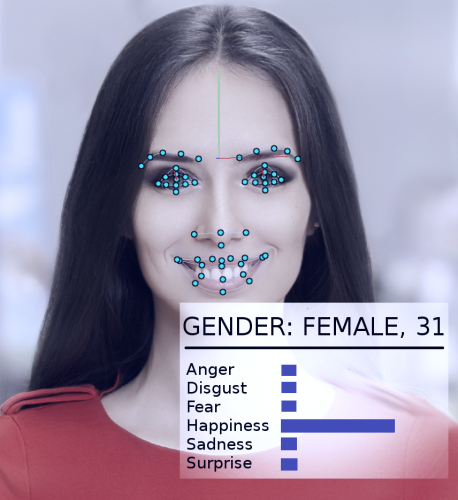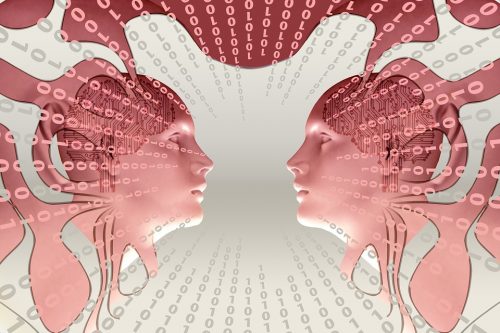There’s no doubt that the face is one of the most important features of a person. It is the one that you first see when you try to look at somebody. It shows different kinds of expressions that are readable and understandable.
And according to Benedict James, PhD, “The first impressions we form about other people based on their facial appearance influence important social outcomes. They influence who we choose as friends and lovers, who we choose to hire and fire, and even who we vote for.”
But do you know that there’s more to it? Would you believe that you can determine an individual’s personality just by looking at his facial features? The different sizes of a person’s eyes, nose, lips brows, etc., all of them can mean something.

The psychology about the process of face reading (morphopsychology) is not that complicated. It somehow works because specific facial features are linked to different types of personality traits. Though it doesn’t support accurate results every single time, there’s a good chance that the morphopsychology reading will be correct when a particular personality matches the person’s several facial features.

The ability to read someone’s facial features is useful in many situations. It can give you a chance to determine a person’s potential personality even before you connect with them. So how do you execute the process of reading the face of a person? Well, you should first always consider all of his features and not just creating assumptions that are based on a single facial feature to be able to get quite the most accurate result.
Here’s some of the information you need to understand the psychology behind face reading.
Eyes – The distance between the eyes can say a lot about a person’s personality. If the range is small, a person tends to be good at concentrating on a particular task but is prone to irritation and aggression. If the distance of the eyes is large, then that person is flexible.
Nose – A person with a big nose prefers to make a significant contribution to something that requires their skill. They hate taking orders from someone, and they don’t like performing small tasks. Usually, they aim higher for their standards because they can quickly get bored with repeated systematic work. Meanwhile, a person with a small nose is the opposite.
Ears – A person with big ears is a good listener. A good listener can communicate effectively. And according to Ron Breazeale, PhD, “Effective communication is one of the keys to building resilience and maintaining balance in your life.” On the other hand, those who have small ears tend to want a conversation short and direct to the point because they can easily get bored. Meanwhile, those with average ears (or ears that have no outward flare) tend to be good followers.
Chin – When it is combined with the nose, the chin can potentially tell us a lot about a person’s personality. For example, the traditional square chin defines a challenger. A person with this type of feature doesn’t give up easily. He is very competitive. On the other hand, a person with a pointed chin loves to argue.
Teeth – The personality of a person that has two long frontal teeth that are much longer than the rest is more likely to be stubborn. Trying to force someone that has this feature to do a particular thing is almost impossible. Meanwhile, an individual that has a gap between the two frontal teeth is often described as a risk-taker. They’re most likely impulsive.
Lips – A person with big lips likes to talk a lot. However, those individuals with small lips are less talkative and tend to hide their feelings and emotions.
“Higher levels of Extraversion were related to more protruding nose and lips, a recessive chin and masseter muscles (the jaw muscles used in chewing),” wrote Vinita Mehta PhD, EdM. “By contrast, the face of those with lower Extraversion levels showed the reverse pattern, in which the area around the nose appeared to press against the face. These findings suggest that perhaps psychological traits can — to some degree — be read on a person’s face, though more studies would be needed to understand this phenomenon.”

The science of reading a person’s face is proving to show merely an accurate 80% result that is based on psychology. The better you are at reading a person’s facial feature, the more advantage it gives you to understand someone’s personalities.